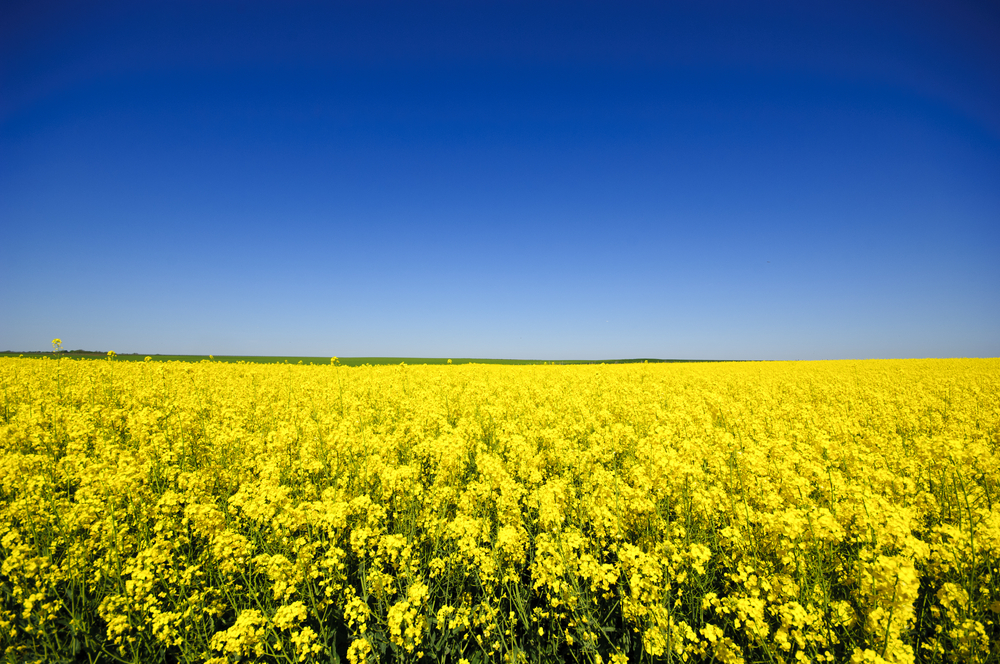
Explaining Post-Canola Rotation Growth Challenges
Canola reduces biological activity in the soil. So, what can be done to help the following crop?
Growers and researchers have long observed that crops following canola in a rotation tend to demonstrate reduced yield, compared to the results when seeded behind another crop.
So, what is the reason behind this?
It can largely be explained by the relationship (or lack of relationship) between canola and certain fungal microorganisms in the soil.
Arbuscular mycorrhizae is one example of a fungus that forms a symbiotic or beneficial association with the roots of nearly all field crops. Mycorrhizae will create an intricate network of filaments (called hyphae) inside and outside the roots. These hyphae serve as “virtual extensions” of the root, exploring the soil beyond the roots to access even more nutrients and water, which is then transferred to the plant.
Soybeans, pulses and cereals all benefit from this partnership – and serve as ready hosts. Brassicas, such as canola and mustard, do not. So how can this make a difference in the rotation?
Because canola does not form an association with mycorrhizae, fungal populations in the soil naturally decline. Not only do canola roots not embrace the mycorrhizae: they actively cause a negative impact on soil biology.
Canola and other brassica plants contain glucosinolates (GSLs) – a molecule that plays a role in defending against pests and soil-borne disease. The GCLs can become hydrolyzed in soil. This in turn releases isothiocyanates (ITCs), which are toxic to some fungi, including mycorrhizae.
Once the mycorrhizae are gone, they take a sustained period to re-establish. One study by Gavito and Miller1 examined the presence of mycorrhizae in a corn crop following canola. They discovered it took 62 days for the mycorrhizae population to return to the same level it was at prior to the introduction of canola.
That is two-whole months where the plant is not getting the added benefits of phosphorus uptake, which is necessary for optimal growth and development.
In fact, it has been found that 50%2 of annual phosphorus needs are accumulated by the plant by the time only 25% of its dry weight has been produced, and this ratio holds true for a vast majority of crops3.
This begs the question, is there anything a grower can do to address the loss of beneficial fungi?
One possible solution may involve supplementing the soil with a mycorrhizal inoculant following a canola crop.
Mycorrhizae and their hyphae provide a significant benefit to the plant, allowing it to absorb greater amounts of nutrients (particularly phosphate, but also copper and zinc) and water. Additionally, the mycorrhizae help expand root system growth while increasing the plant’s tolerance to stress. In return, the plant provides carbon to the mycorrhizae.
The incoming crop could thus avoid the 62-day lag period, and start benefiting from the symbiotic microbial relationship at the critical early growth stage. Biological inoculants, such as mycorrhizae, are applied to canola stubble at seeding.
This example illustrates the important work that is being done to understand the intricate relationships happening in the soil at a microscopic level, and help growers achieve top results throughout the rotation.
1 Gavito, M. E. and M. H. Miller, 1998. Changes in mycorrhizal development in maize induced by crop management practices. Plant Soil. 198: 185-192.
2 Black, C. A. 1968. Soil-Plant Relationships. Wiley, N.Y., 792 pp.
3 de Willigen, P. D. and M. van Noordwijk, 1987. Roots, plants production and nutrient use efficiency. PhD thesis, LV Wageningen, 282 pp.

